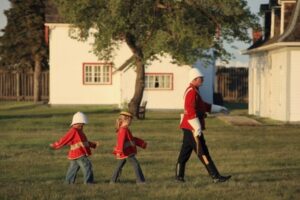
Fort Battleford National Historic Site
Fort Battleford is a national historic site that showcases the role of the North West Mounted Police in the Canadian West. The fort was established in 1876 and abandoned in
Sorry, no records were found. Please adjust your search criteria and try again.
Sorry, unable to load the Maps API.

Fort Battleford is a national historic site that showcases the role of the North West Mounted Police in the Canadian West. The fort was established in 1876 and abandoned in

The Fort Pelly-Livingstone Museum, which was located at the old high school building burned in June of 2015 and the museum was then moved to the old RCMP barracks at
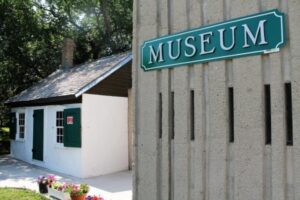
The Fort Qu’Appelle museum is made up of three connected buildings, including part of the Hudson’s Bay Company Chief Factor’s house from the trading post, and two more modern additions.
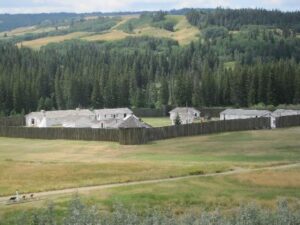
This former North West Mounted Police/Royal Canadian Mounted Police post (circa 1878-83) was later used (1942-68) to breed horses for the force and the Musical Ride. Take a guided tour

Explore and dive into history through our many themed rooms. Themes in the museum include: The Battleford Room, Ye Old General Store, The Firearms Room, Gasoline Alley, The School Room,
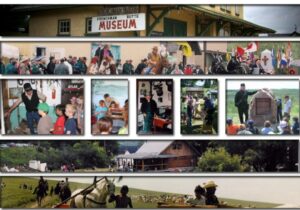
The museum is based upon a collection of guns, arrowheads and other pioneer artifacts gathered by the late Lloyd Furman, who spent many years collecting artifacts. Originally, it was housed
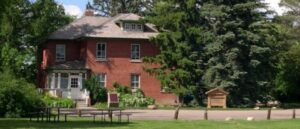
The Superintendent’s Residence, affectionately known as ‘the red brick house’, was the focal point of the Sutherland Forest Nursery Station which, from 1913 to 1965, occupied the site of the Saskatoon Forestry
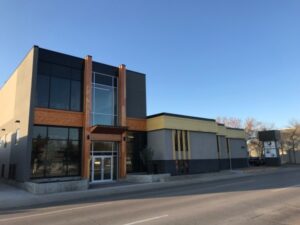
“To promote the renewal and development of Métis culture through research, materials development, collection and distribution of those materials and the design, development and delivery of Métis-specific educational programs and
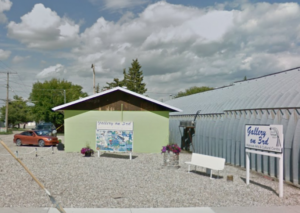
The Gallery on 3rd is operated by the Watrous and Area Arts Council traveling art shows are displayed as well as the works of local artists. Tucked inside the gallery
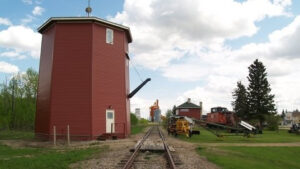
The Glaslyn Museum is located inside a restored 1926 CNR station house. Artifacts in the museum are primarily from the 1800s and include a London-made harp, Anglican missionary’s bible, homesteaders’